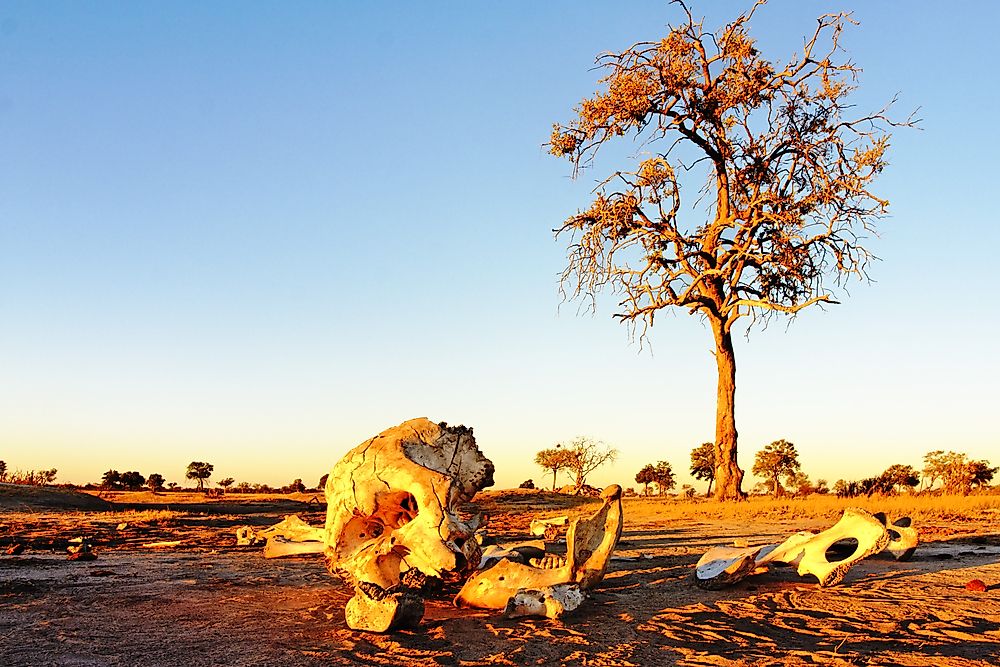Welcome to the Era of Biological Annihilation, Experts Say

There's a trend happening in biology, scientists say, and it's a terrifying one.
According to a study recently published in the Proceedings of the National Academy of Sciences, which features experts from the Universidad Nacional Autónoma de México and Stanford University, more species are currently threatened by extinction than what we previously understood.
The study, which sampled over 27,000 vertebrates, states that an extremely high rate of population decay has been spotted in several of the Earth's species, leading them to declare the current age one of "biological annihilation". Perhaps the most alarming part of the study is that these findings are not limited to species that are already understood to be under threat, but instead can be applied even to species of "least concern".
Out of all of the 177 mammal species that the study collected data on, all of them have lost a staggering "30% of their geographic ranges". In addition, more than "40% of these species have experienced severe population declines".
Can This Study Motivate Policy Makers?
Although this alarming study could call on scientists and politicians to take action, some warn that fear mongering may not be the best motivation. For one thing, it may encourage those who would otherwise be compelled to do so feel that it is too late - like the window of opportunity has passed.
However dire circumstances may be, scientists insist that this is not that case, and that there is still time for change to come underway. This is especially important to note as the majority of factors that threaten the world's species are caused by humans themselves such as habitat destruction, the use of land for farming, and the products that must be acquired from nature in order to sustain human life.
As the earth's population grows, it is becoming more and more certain that swift action must be taken. Humanity must do what it can with fingers crossed that it is not too late.
**
Rachel Cribby is a writer and editor based in Montreal.











